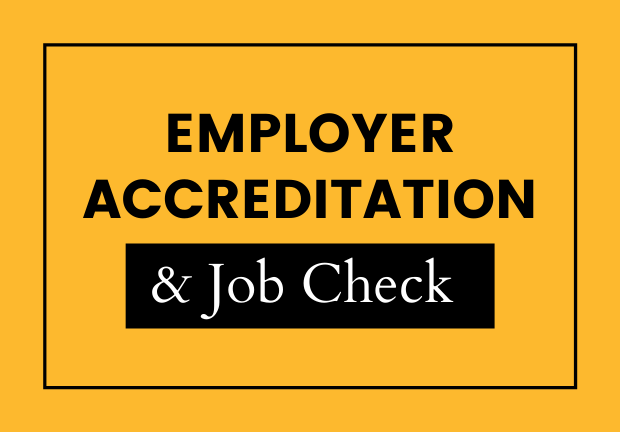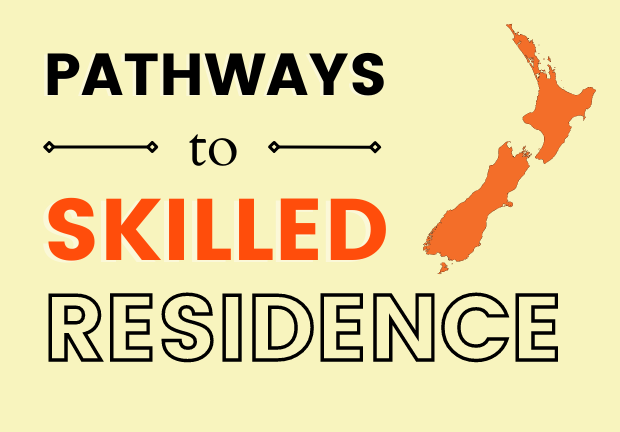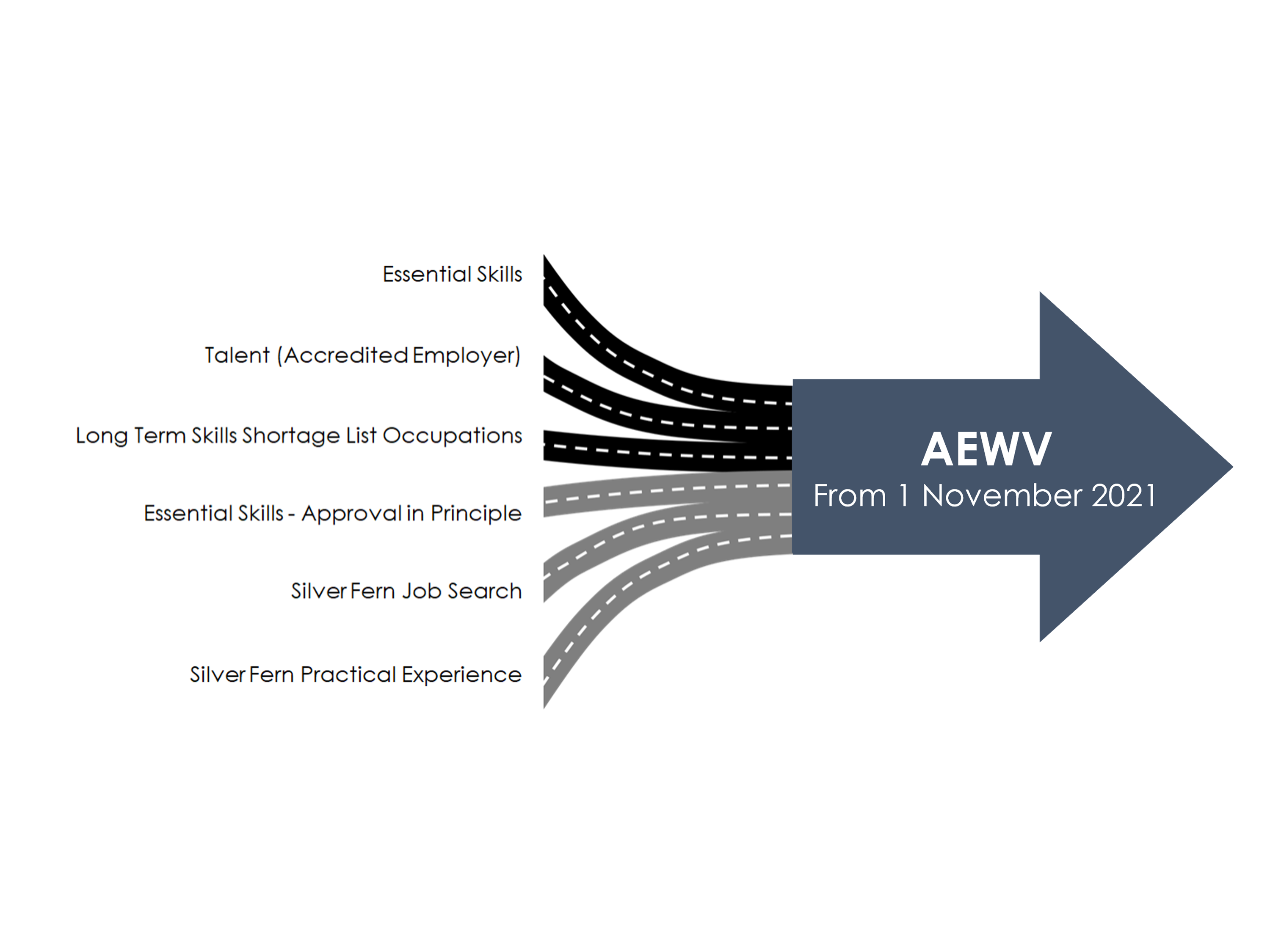Immigration Policy Updates — November 2023
10 November 2023The New Zealand general election has finally taken place and will result in a change of government. But since it’s all very new (special votes have only just been counted) and the new government is still being formed, the immigration landscape for November 2023 looks relatively stable. The only marked difference is the heightened scrutiny from Immigration New Zealand (INZ) on applications such as General Visitor Visa, Accreditation, and Job Checks — something they had taken a very loose approach to since the borders were reopened.
Below are the highlights of key policy changes for November 2023:
Skill-based Residence
All skill-based residence categories are now open with full policy details revealed. Under the new 6-point Skilled Migrant Category (SMC6), INZ has received 116 applications, with 60 immigration officers resourced to process applications across these categories. There are five skill-based residence categories:
- Skilled Migrant Category (6 points)
- Transport Sector Work to Residence
- Care Workforce Work to Residence
- Straight to Residence (Green List Tier 1)
- Green List Tier 2
The categories where work experience is mandatory (numbers 2, 3, and, in some cases, 1) are indexed to either the median wage or a specific income threshold. This makes the eligibility for these categories quite difficult. Numbers 4 and 5 require specific education, registration, or earning requirements to be met.
Based on our assessment of hundreds of profiles against these categories, we find that applicants who would have been eligible under the old SMC (180 points) are not immediately eligible under any of the new ones.
All pathways have an English language requirement and an age limit of 55.

Job Checks
Immigration NZ has recently changed its approach to assessing Job Check applications, and as a result, the processing time has greatly increased from 10 days to 6–10 weeks.
This enhanced verification also means more requests for additional information and ensuring the vacancies requested are still genuine and current.
This is specifically important when an employer is recruiting more than one migrant for a particular role. INZ could seek any type of extra information, including, but not limited to, organisation charts, contracts for ongoing work, and details on migrant settlement support.
Since an AEWV can only be applied for after the Job Check is approved, this also greatly impacts a migrant employee's ability to start work by a certain date. However, AEWV timeframes remain unchanged (within 53 working days).

Increase in Median Wage
The median wage is due to increase in Feb 2024 (the exact date is not known at this time). It goes up from $29.66 (the current median wage) to $31.61 — an increase of $1.95/hour. This equates to an increase of roughly $4056 annually.
For the AEWV, migrants must meet the wage threshold in effect at the time they apply for their visa. This means that if the median wage increases between the period when the Job Check is approved and the migrant applies for their visa, the migrant would be required to meet the new wage threshold.




